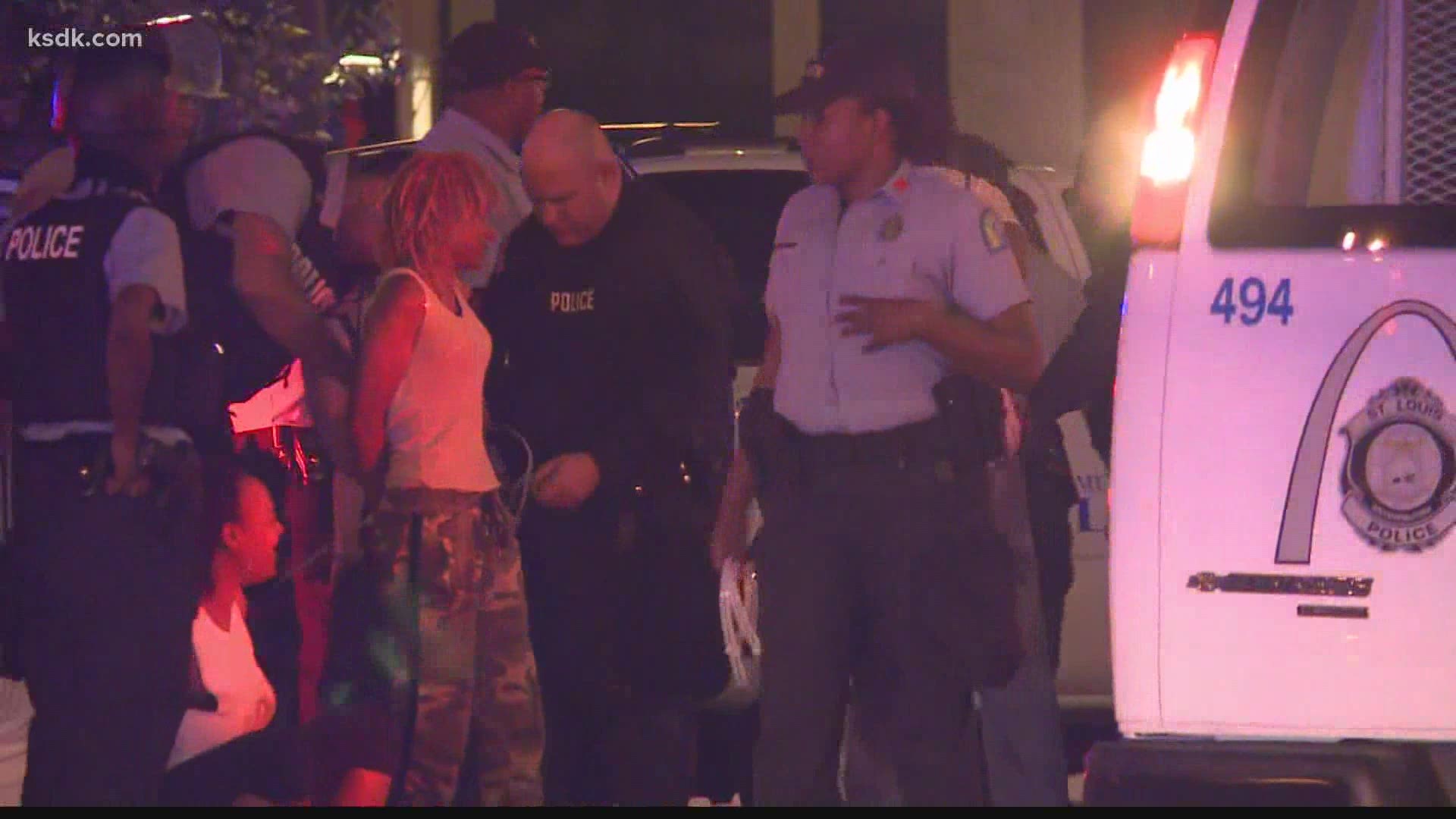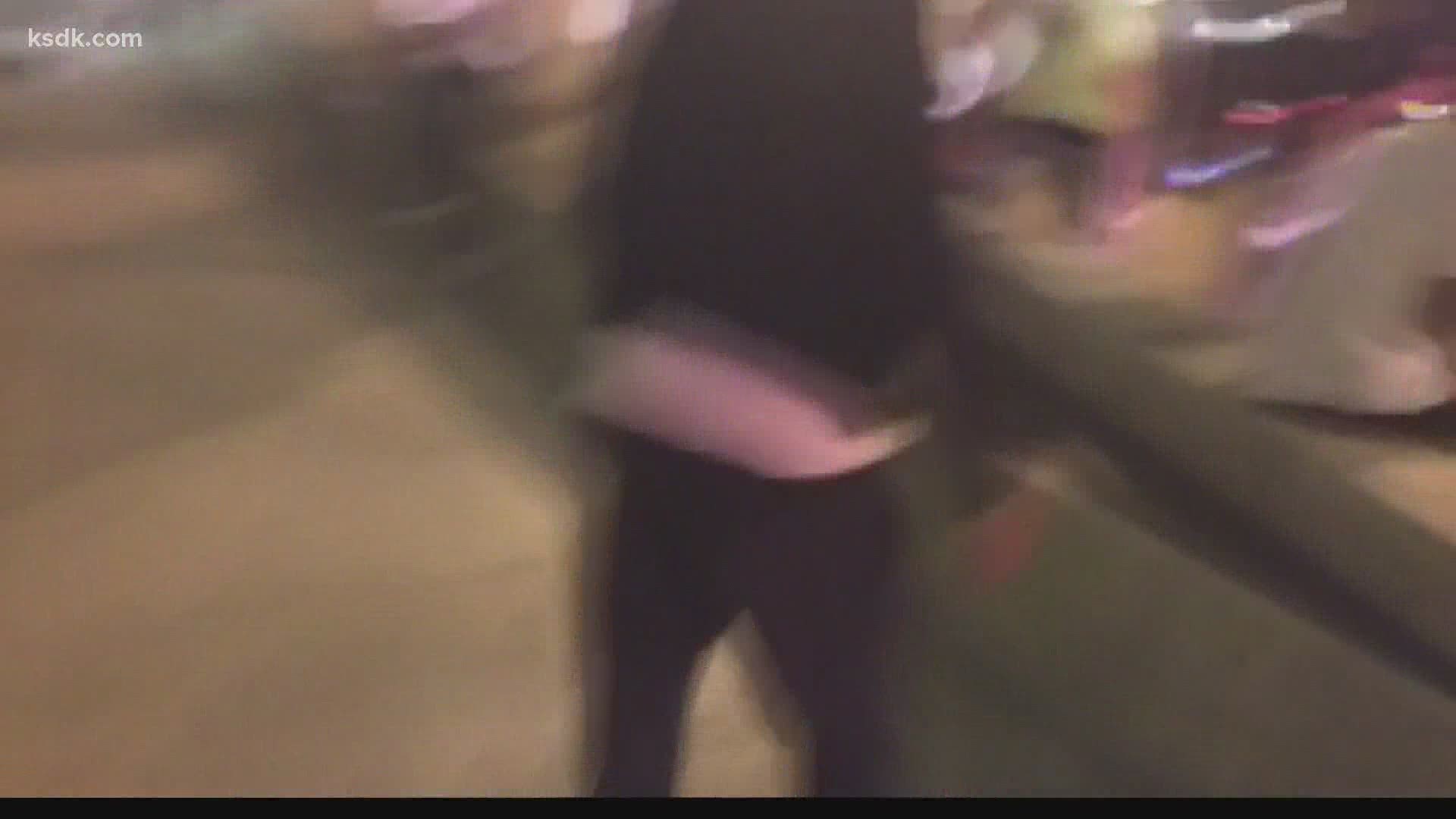ST. LOUIS — An all-white jury has been seated for the trial of three white St. Louis police officers accused of assaulting a Black officer who was working undercover as a protester in 2017.
So, how did it happen?
For one, the trial is happening in the Eastern District of Missouri federal court.
That means jurors are pulled from the counties of Crawford, Dent, Franklin, Gasconade, Jefferson, Lincoln, Maries, Phelps, St. Charles, St. Francois, St. Louis, Warren, Washington and the City of St. Louis.
And that means the chance of pulling a diverse jury is lower, as those counties are mostly white, rural areas.
The jury pool for this jury started out with about 80 people.
Only four Black people were among them: three Black women and one Black man.
As is standard practice, each juror gets randomly assigned a number — a number that proved significant in how this jury selection ultimately happened.
As each juror gets dismissed, those with the lowest numbers become more likely to serve on the jury as there are 12 jurors seated and four alternates.
If your number is 30, but the first 30 jurors behind you get dismissed, you have now moved to the front of the line to be seated, and so on.
In the first round of dismissals, defense attorneys and prosecutors can chip away at the candidates by asking them questions about their backgrounds and their abilities to be fair and impartial.
In that first stage, they have to dismiss jurors “for cause.”
But at the next stage, both sides have a limited amount of strikes known as peremptory challenges.
Ultimately, four Black jurors made it to the peremptory challenge stage. Three Black women and one Black man.
At that point, prosecutors can basically ask to strike jurors without having to say why.
Prosecutors got eight peremptory challenges.
Each defense attorney got four. In this case, there are three defense attorneys, so the defense was allowed to strike 12 jurors without cause.
Prosecutors struck eight white jurors.
Defense attorneys asked to strike three of the four Black jurors — the three whose numbers were low enough to make them seated among the final 12 jurors. The fourth’s number was higher, so he would likely remain an alternate.
First Assistant U.S. Attorney Carrie Costantin immediately invoked a Batson challenge — which essentially forces attorneys to state the “race-neutral” or “gender-neutral” reasons they want to strike someone from the jury.
Defense attorney Scott Rosenblum balked at Costantin’s use of Batson mentioning how defense attorneys are typically the ones invoking Batson challenges in federal courts when their clients are Black and prosecutors try to strike Black jurors.
First District Judge Catherine Perry was not amused and ordered defense attorneys to show cause for the dismissals.
One woman’s nephew was represented by Rogers in an unrelated case. Another woman said she would not feel comfortable living near anyone involved in a case she was deciding even though she didn't know if any of the officers lived near her. And the third woman’s father had been arrested by St. Louis police officers.
Perry then asked prosecutors how they would like to handle the Batson challenge, and Costantin said she would ask defense attorneys choose another juror to strike.
But the lone Black juror’s number put her on the cusp of being seated with the 12 main jurors or the four alternates.
So Rosenblum immediately asked one of the white alternate jurors be struck — pushing the Black woman into the alternate pool.
Costantin then asked to quash the jury all together, but Perry said she had no choice but to follow the law and keep the jury seated as selected.
Checkmate.
Rosenblum insisted the defense’s strikes were “not a pattern.”
“We are just trying to get the best, fairest jury seated for our clients,” he told the court.
But one potential juror wasn’t buying it.
Robert Fischer said he watched as only white jurors were called back to the courtroom, even though he was among a group of about 30 potential jurors, several of whom he described as people of color.
Fischer is Latinx, which means he identifies as a gender neutral Hispanic person.
He also lives near Cherokee Street in the city.
He said all of the facts that led up to the final jury selection “blatantly showcase the lack of diversity.”
“Not having equitable representation can change the outcome of the overall proceedings, which then set new precedents,” Fischer said in an interview following his dismissal. “You then just create a domino effect.
“It's a racially charged case. Three white officers and one African American Officer... Regardless of what it is, it's still vital to have that diversity for a court case.”
There is still a chance a Black juror could be seated.
Should any of the jurors in this trial, which is expected to last another week, be disqualified, the remaining Black woman is the first alternate in line to be allowed onto the jury.


